Affordable Hair Transplant in Seoul: Your 2025 Guide
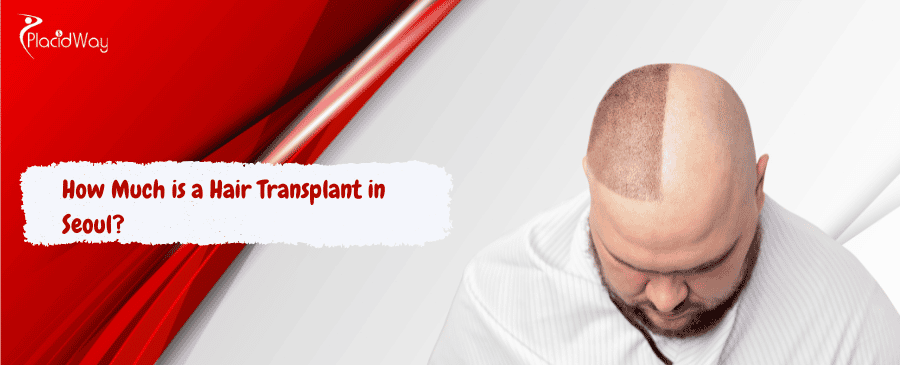
Considering a hair transplant in Seoul? You're not alone. South Korea has become a global hub for cosmetic procedures, and hair transplantation is no exception. The country is renowned for its cutting-edge medical technology, highly experienced surgeons, and surprisingly affordable prices compared to many Western countries. If you're struggling with hair loss and seeking a permanent solution, Seoul offers a compelling combination of quality, innovation, and value. Whether you're dealing with male pattern baldness, a receding hairline, or hair loss due to other factors, the expertise available in Seoul's top clinics can provide natural-looking and long-lasting results. This guide will walk you through everything you need to know about getting a hair transplant in this vibrant city, from the costs and techniques to what you can expect during your journey to a fuller head of hair.
The decision to undergo a hair transplant is a significant one, and it’s natural to have many questions. How much will it cost? What are the different types of procedures available? How do I choose the right clinic and surgeon? This comprehensive FAQ-style guide is designed to address all these concerns and more. We'll delve into the specifics of hair transplant costs in Seoul, explore the differences between popular techniques like FUE and FUT, and provide insights into the high standards of care you can expect. By the end of this article, you'll have a clear understanding of why so many international patients are choosing Seoul for their hair restoration needs and be better equipped to make an informed decision about your own treatment.
How much does a hair transplant in Seoul typically cost?
The cost of a hair transplant in Seoul is a major draw for many international patients. While prices can vary, they are significantly more affordable than in countries like the United States or Australia, where similar procedures can cost upwards of $15,000 to $20,000. The price in Seoul is typically calculated on a per-graft basis, with the cost per graft ranging from $2 to $10. This means the total cost is directly proportional to the extent of your hair loss and your desired density.
Several factors influence the overall cost of your hair transplant. The most significant is the number of grafts required. A small procedure to touch up a receding hairline might only need 500 to 1,500 grafts, while more extensive hair loss could require 3,000 or more grafts. The chosen technique also plays a role, with the more labor-intensive FUE (Follicular Unit Extraction) method generally being more expensive than the traditional FUT (Follicular Unit Transplantation) method. Finally, the clinic's reputation and the surgeon's experience can affect the price. Highly sought-after surgeons and clinics with a long track record of success may charge a premium for their expertise.
What factors influence the cost of a hair transplant in Seoul?
Understanding the factors that contribute to the final cost of a hair transplant can help you budget effectively for your procedure. Here’s a breakdown of the primary elements:
- Number of Grafts: This is the most significant cost determinant. The more extensive the hair loss, the more grafts will be needed to achieve a desirable result, and the higher the overall cost will be.
- Surgical Technique: The two main techniques are FUE and FUT. FUE (Follicular Unit Extraction) involves extracting individual hair follicles, which is a meticulous and time-consuming process, making it more expensive. FUT (Follicular Unit Transplantation) involves removing a strip of scalp from the donor area, from which the grafts are then dissected. This method is typically faster and less expensive but leaves a linear scar.
- Clinic and Surgeon: Highly reputable clinics with state-of-the-art facilities and renowned surgeons with years of specialized experience will naturally command higher fees. The quality of care, advanced technology, and the surgeon's artistic skill in creating a natural hairline all contribute to the price.
- Inclusions in the Package: Some clinics in Seoul offer comprehensive packages for international patients. These packages may include the cost of the surgery, pre-operative consultations, post-operative care, medications, and sometimes even accommodation and airport transfers. It's essential to clarify what is included in the quoted price.
What is the difference between FUE and FUT hair transplant techniques offered in Seoul?
Choosing between FUE and FUT is a crucial decision that will depend on your individual needs and preferences. Both techniques are widely available in Seoul's top clinics, and a consultation with a qualified surgeon will help you determine the best option for you.
FUE (Follicular Unit Extraction) has become increasingly popular due to its minimally invasive nature. In this procedure, the surgeon individually extracts hair follicles from the donor area (usually the back and sides of the head) using a micro-punch tool. This leaves tiny, dot-like scars that are virtually undetectable once healed, making it an excellent choice for those who prefer to wear their hair short. The recovery time for FUE is also generally quicker than for FUT.
FUT (Follicular Unit Transplantation), on the other hand, involves surgically removing a thin strip of scalp from the donor area. The follicular units are then carefully dissected from this strip under a microscope before being implanted into the recipient area. While this method does leave a linear scar, it is typically well-concealed by the surrounding hair. FUT can be a more efficient option for patients requiring a large number of grafts in a single session.
Comparison of FUE and FUT
Are hair transplants in Seoul high quality?
South Korea's reputation for excellence in the field of cosmetic surgery extends to hair transplantation. The country is home to a multitude of clinics that adhere to the highest international standards of safety and quality. Surgeons in Seoul are not only technically proficient but are also known for their artistic approach to hairline design, ensuring that the results are both dense and aesthetically pleasing. They understand the nuances of hair angle, direction, and density, which are crucial for achieving a natural look.
Many clinics in Seoul utilize state-of-the-art technology, including robotic FUE systems like ARTAS, which enhance the precision and efficiency of the graft harvesting process. The use of advanced equipment, combined with the meticulous skill of the surgical teams, contributes to a high success rate for hair transplants in the city. Furthermore, the competitive market in Seoul drives clinics to continuously improve their techniques and patient services, leading to a consistently high standard of care. Patients can expect thorough consultations, personalized treatment plans, and comprehensive post-operative support.
What is included in the cost of a hair transplant in Seoul?
When you receive a quote for a hair transplant in Seoul, it's important to understand what is covered in the price. In most cases, the quoted cost will be comprehensive, but it's always wise to confirm the details with the clinic. A standard hair transplant package in Seoul usually includes:
- Surgeon's and Team's Fees: This covers the expertise and time of the surgeon and the entire medical team involved in your procedure.
- Anesthesia: The cost of local anesthesia to ensure your comfort throughout the surgery.
- The Procedure: This includes the graft extraction, preparation, and implantation.
- Pre-operative Consultation: Your initial meeting with the surgeon to discuss your goals, assess your hair loss, and create a personalized treatment plan.
- Post-operative Care: This often includes follow-up appointments, medications such as antibiotics and pain relievers, and sometimes specialized shampoos or aftercare products.
For international patients, many clinics in Seoul go the extra mile by offering packages that simplify the medical tourism experience. These packages can include airport pickup and drop-off, accommodation for a set number of nights, and even interpreter services to ensure clear communication. Be sure to inquire about these value-added services when researching clinics.
How do I choose the best hair transplant clinic in Seoul?
With a multitude of clinics to choose from in Seoul, selecting the right one can feel overwhelming. Here are some key factors to consider to help you make an informed decision:
- Surgeon's Expertise: Look for a surgeon who specializes in hair restoration and has a wealth of experience with the technique you are considering. Check their qualifications, certifications, and affiliations with professional organizations.
- Before-and-After Gallery: A reputable clinic will have an extensive portfolio of before-and-after photos of their patients. Scrutinize these images to assess the quality of their work and see if their aesthetic style aligns with your goals.
- Patient Reviews: Seek out reviews and testimonials from previous patients on independent platforms. This can provide valuable insights into the patient experience, the clinic's customer service, and the satisfaction with the results.
- Technology and Facilities: Ensure the clinic is equipped with modern technology and adheres to high standards of hygiene and safety. Clinics that invest in the latest equipment often demonstrate a commitment to providing the best possible outcomes.
- Consultation Process: A thorough and informative consultation is a good indicator of a professional clinic. The surgeon should take the time to understand your expectations, answer all your questions, and provide a clear and realistic treatment plan.
What is the recovery process like after a hair transplant in Seoul?
The recovery process after a hair transplant is a crucial phase for ensuring the success of the procedure. Immediately after the surgery, you can expect some redness, swelling, and mild discomfort in both the donor and recipient areas. Your clinic in Seoul will provide you with detailed post-operative instructions and medications to manage these symptoms.
In the first few days, it's essential to be gentle with your scalp and avoid touching or scratching the treated areas. You will be advised on how to wash your hair and may need to sleep in a semi-upright position to minimize swelling. Most patients feel well enough to resume non-strenuous activities within a few days. Strenuous exercise and activities that could cause sweating should be avoided for a couple of weeks.
A common and normal part of the process is the shedding of the transplanted hairs a few weeks after the procedure. This is known as "shock loss," and it's a sign that the follicles are entering a new growth phase. New hair will typically start to grow within 3 to 4 months, with more noticeable results appearing around the 6-month mark. The final, full results of your hair transplant will be visible after about a year.
Are there any risks or side effects associated with hair transplants?
Hair transplant surgery is considered a safe procedure with a high success rate, especially when performed by an experienced and qualified surgeon. However, it's important to be aware of the potential risks and side effects, which can include:
- Infection: Although rare, there is a small risk of infection at the surgical sites. Following your post-operative care instructions carefully will help to minimize this risk.
- Swelling and Bruising: Some swelling of the forehead and around the eyes is common in the first few days after the procedure.
- Itching and Numbness: Itching is a common part of the healing process. Temporary numbness in the donor and recipient areas can also occur.
- Scarring: FUE results in tiny dot-like scars, while FUT leaves a linear scar. The visibility of these scars depends on the surgeon's skill and your body's healing response.
- Shock Loss: The temporary shedding of existing hair around the transplanted area can occur, but this hair usually grows back.
By selecting a reputable clinic in Seoul that adheres to strict hygiene and safety protocols, you can significantly reduce the likelihood of complications. Your surgeon will discuss all potential risks with you during your consultation.
Can women get hair transplants in Seoul?
Hair loss is not exclusive to men, and many women experience thinning hair or a receding hairline. A hair transplant can be an excellent solution for women who are good candidates for the procedure. The goals for female hair transplants often differ slightly from those for men, with a focus on restoring density to thinning areas and lowering the hairline to create a more feminine and youthful frame for the face.
The surgeons in Seoul are experienced in addressing the specific needs of female patients. They understand the different patterns of hair loss in women and can design a treatment plan that achieves a natural and aesthetically pleasing result. The FUE technique is often preferred for women as it allows for the harvesting of grafts without the need for a linear incision, which is particularly beneficial if the patient prefers to wear their hair long.
What is a 'no-shave' FUE hair transplant?
One of the concerns some patients have about FUE is the need to shave the donor area. The 'no-shave' or 'unshaven' FUE technique addresses this by allowing the surgeon to extract follicular units without shaving the entire head. Instead, small sections of the donor area can be trimmed, or the surgeon may work with the hair at its existing length. This makes the procedure much more discreet, as the signs of the surgery are easily hidden by the surrounding hair.
This technique is particularly popular among patients who wish to keep their hair transplant a private matter or who cannot take a significant amount of time off from work or social engagements. While it can be a more time-consuming and technically demanding procedure, the 'no-shave' FUE option is a testament to the advanced skills of surgeons in Seoul.
How can I prepare for a hair transplant in Seoul?
Proper preparation is key to a successful hair transplant and a smooth recovery. Your clinic in Seoul will provide you with a detailed list of pre-operative instructions. Generally, these will include:
- Avoiding Blood Thinners: You will be asked to stop taking medications and supplements that can thin the blood, such as aspirin, ibuprofen, and vitamin E, for about a week before your surgery.
- No Smoking or Alcohol: Smoking and alcohol can impair healing, so it's crucial to abstain from both for at least a week before and after your procedure.
- Arrange Your Trip: If you are traveling to Seoul for your hair transplant, make sure to book your flights and accommodation in advance. Plan to stay in Seoul for at least a few days after your surgery for post-operative check-ups.
- Wash Your Hair: You will likely be asked to wash your hair thoroughly on the morning of your surgery.
How long do I need to stay in Seoul for a hair transplant?
The recommended length of stay in Seoul for a hair transplant can vary depending on the clinic's protocol and the extent of your procedure. A typical timeline might look like this:
- Day 1: Arrival and Consultation. You'll meet with your surgeon for an in-person consultation to finalize your treatment plan.
- Day 2: Procedure Day. The hair transplant surgery will take place. This can last anywhere from 4 to 8 hours.
- Day 3: Post-operative Check-up. You will return to the clinic for a follow-up appointment, where the staff will check the treated areas and may wash your hair for you.
- Days 4-7: Recovery and Departure. You can use these days to rest and recover before your flight home. Some clinics may recommend a second check-up before you leave.
Can I combine a hair transplant with other cosmetic procedures in Seoul?
Seoul is a world-renowned destination for a wide array of cosmetic procedures. If you are considering other treatments in addition to your hair transplant, it can be convenient and cost-effective to have them done during the same trip. Common procedures that patients combine with hair transplants include:
- Rhinoplasty (nose surgery)
- Blepharoplasty (eyelid surgery)
- Facelifts
- Skincare treatments like lasers and fillers
It's important to discuss your plans with your surgeon to ensure that it is safe and appropriate to undergo multiple procedures at once. They will be able to advise you on the best course of action and create a coordinated treatment plan.
Why is Seoul a popular destination for medical tourism for hair transplants?
The rise of Seoul as a top destination for hair transplants is due to a confluence of factors that make it an attractive option for patients worldwide:
- Cost-Effectiveness: The affordability of high-quality hair transplants in Seoul is a major draw.
- Expertise and Innovation: South Korean surgeons are at the forefront of hair restoration techniques and technology.
- Aesthetic Focus: There is a strong emphasis on achieving natural-looking and aesthetically pleasing results.
- Excellent Patient Care: Clinics in Seoul are known for their exceptional customer service and comprehensive patient support.
- Cultural Experience: Patients can also enjoy the vibrant culture, delicious food, and exciting attractions that Seoul has to offer during their stay.
For those seeking a permanent solution to hair loss, a hair transplant in Seoul offers a world-class experience with outstanding results. To learn more about your options and to connect with leading clinics in South Korea, explore the healthcare solutions offered by PlacidWay.


.png)
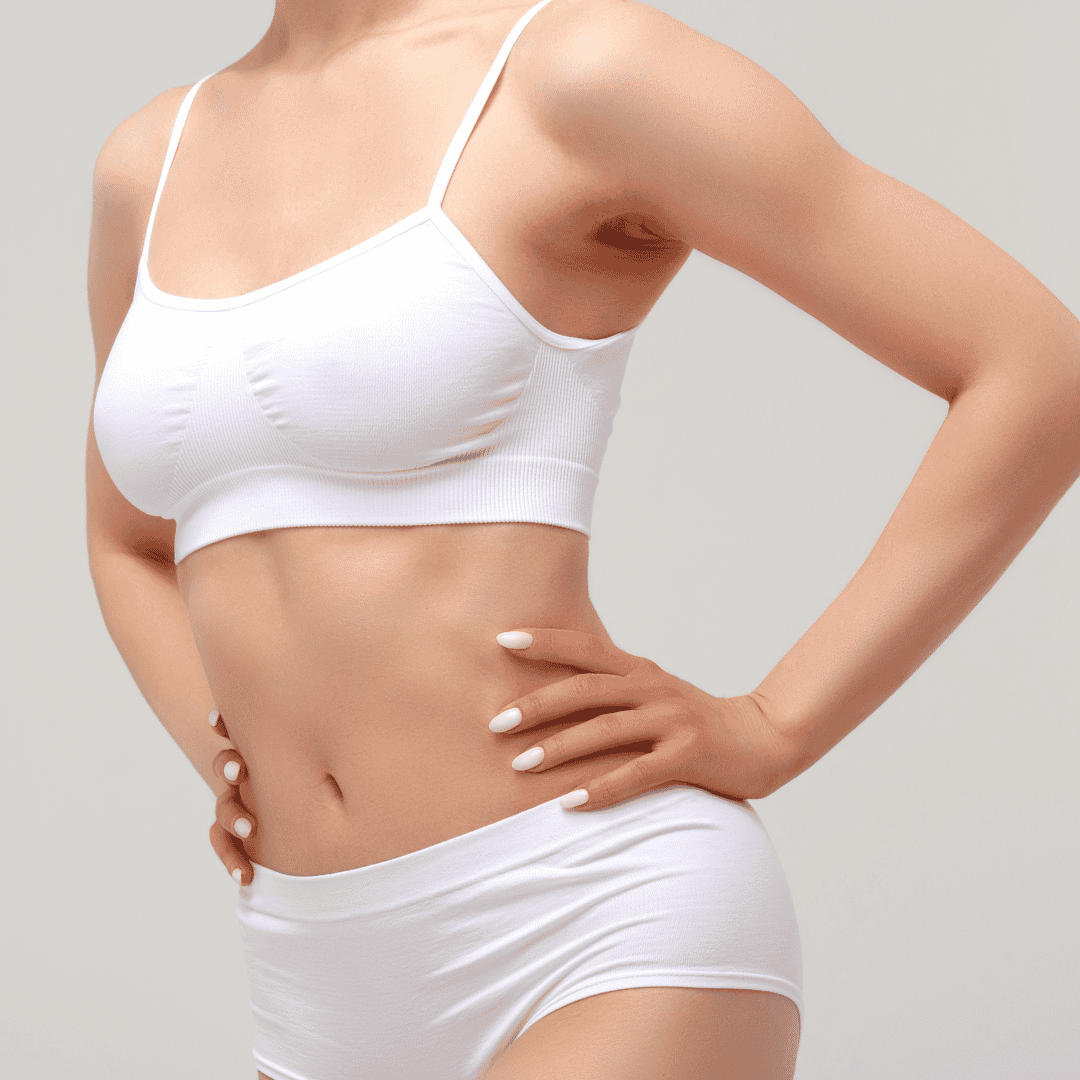
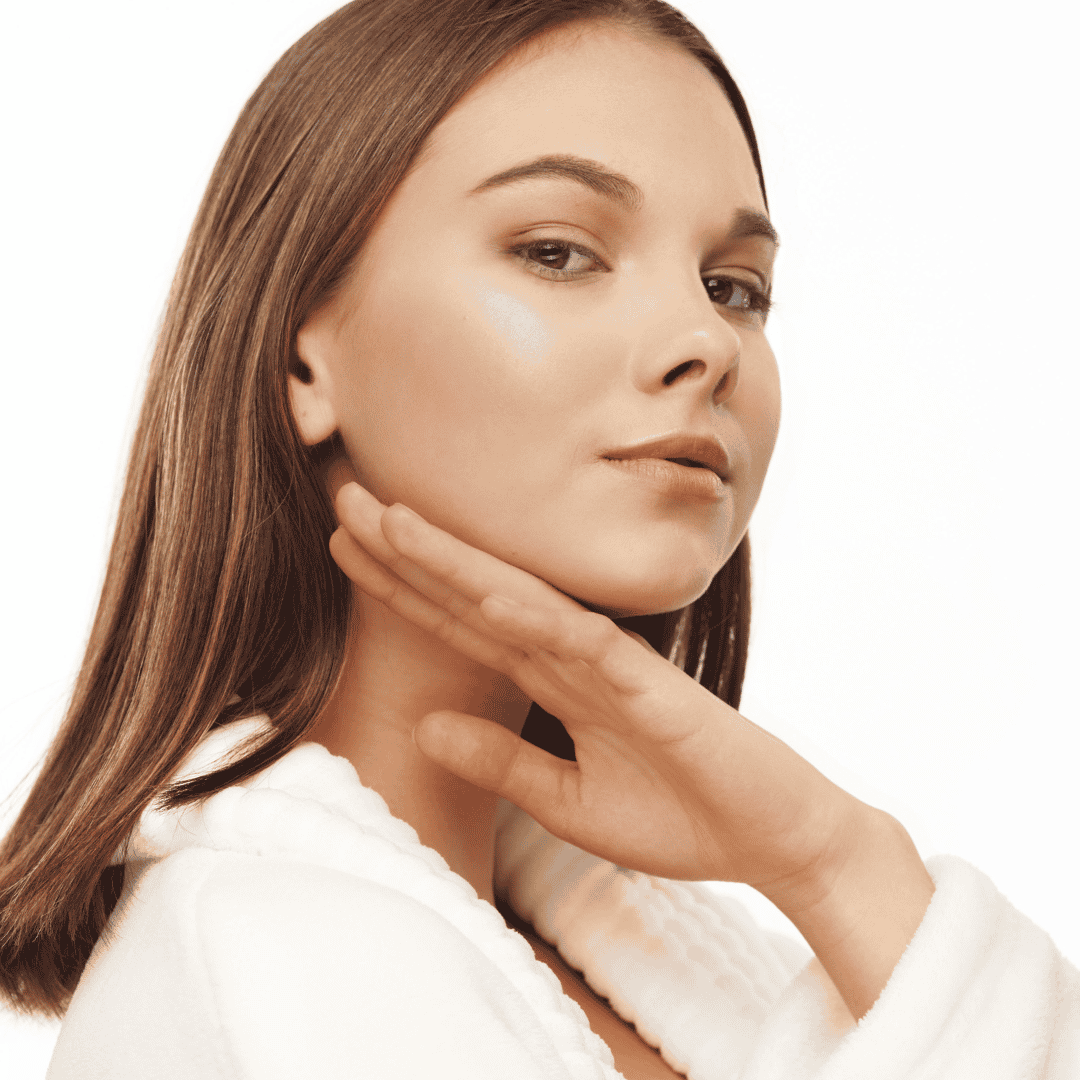
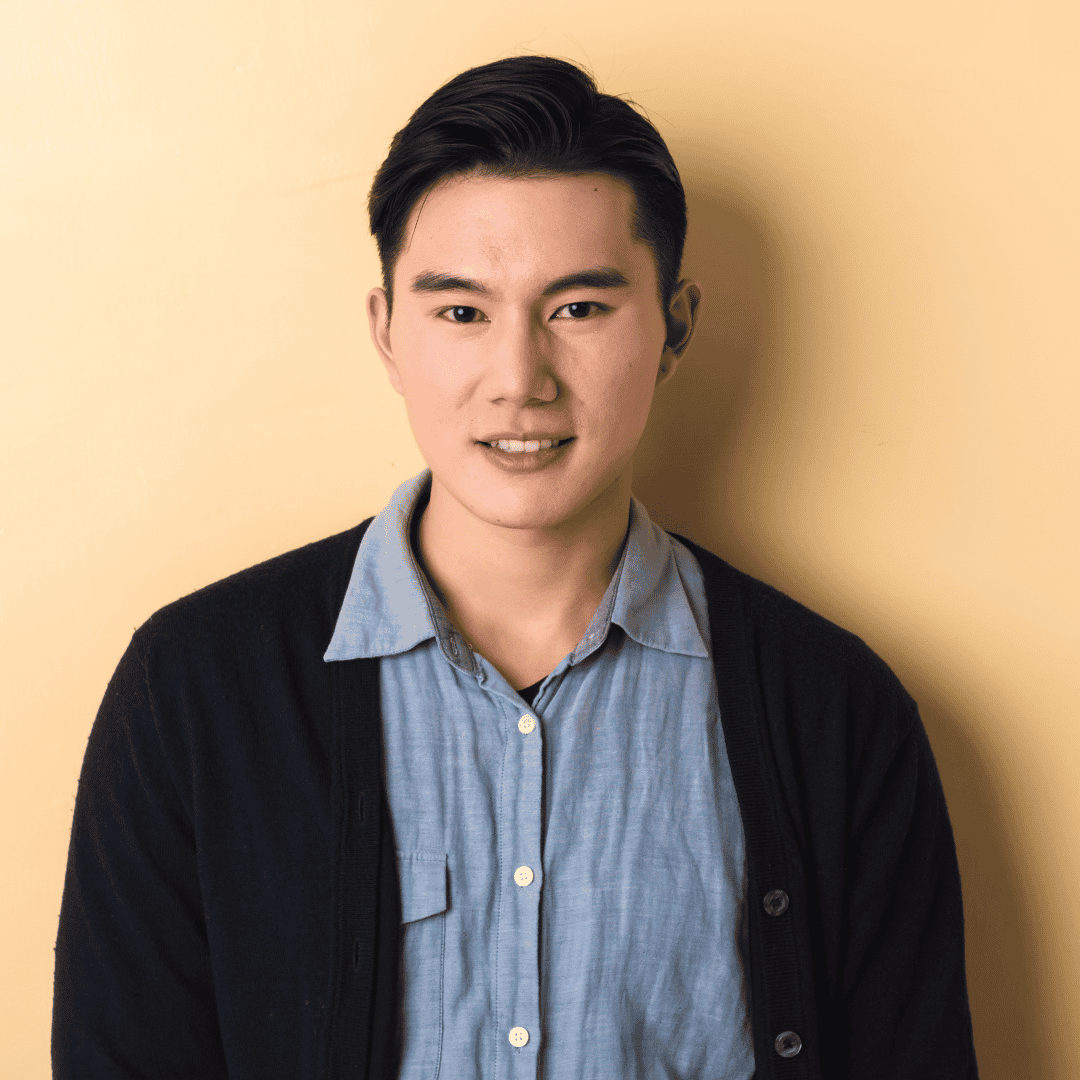

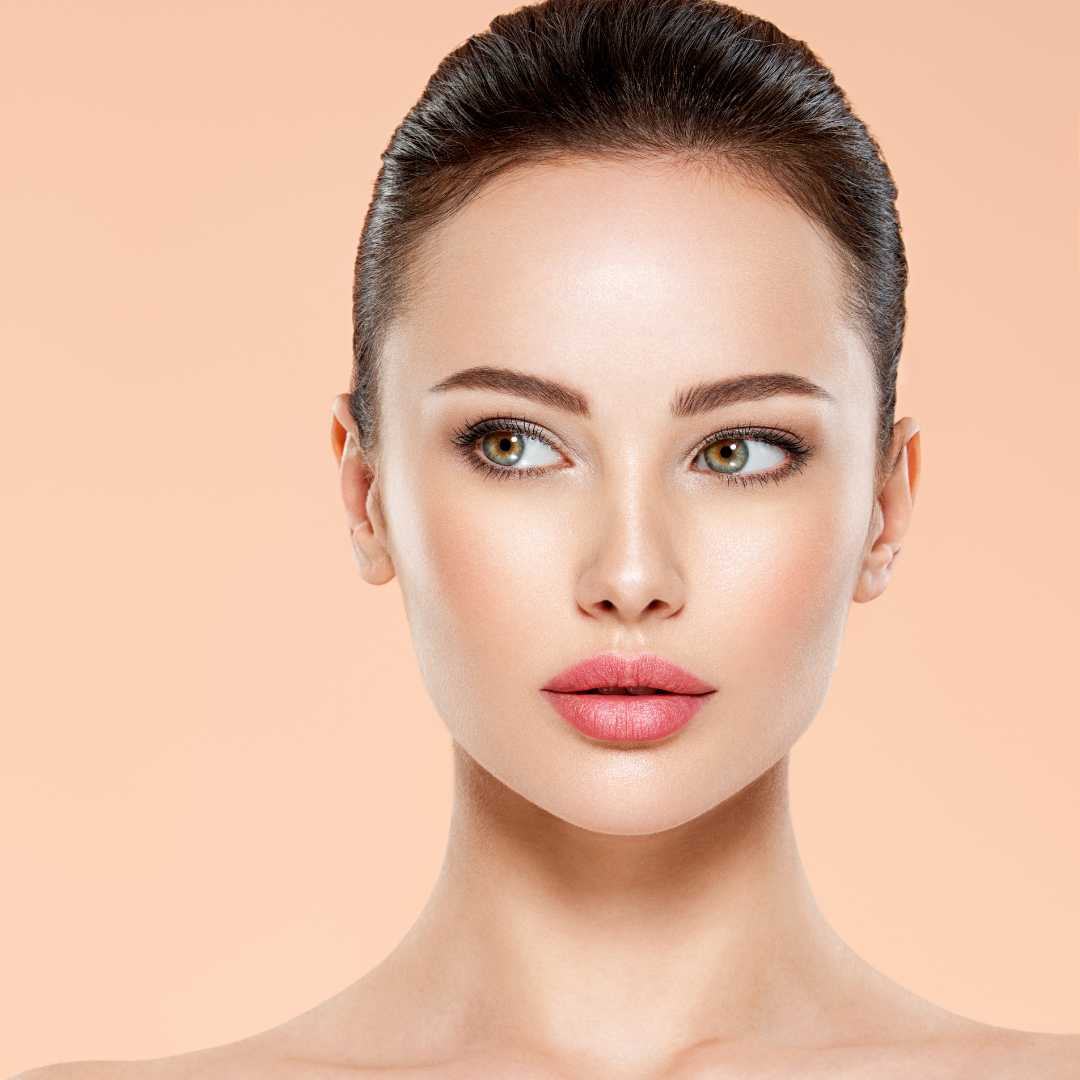
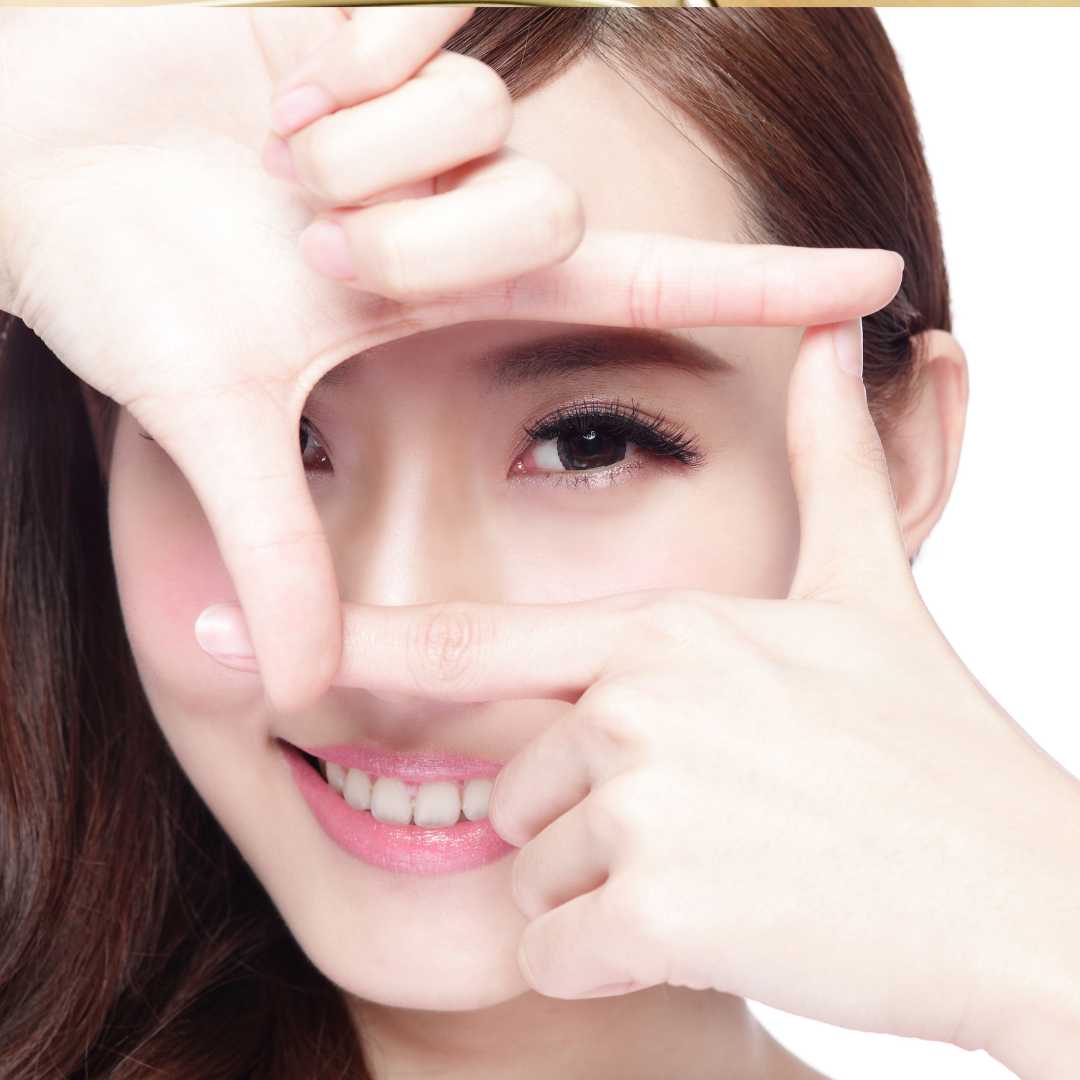

.png)
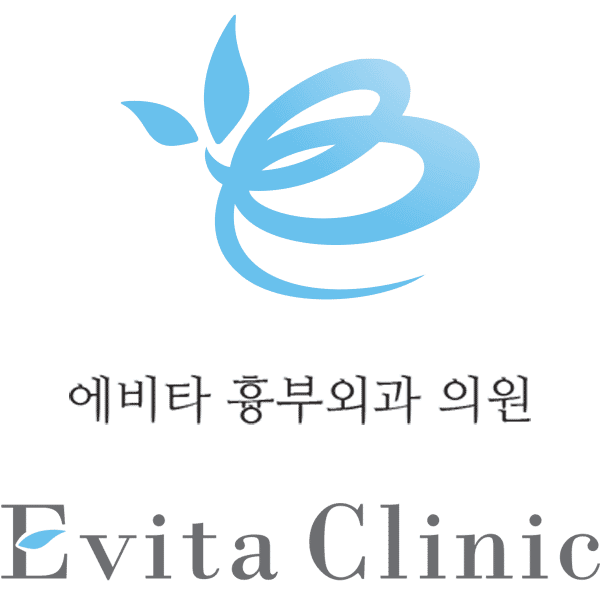
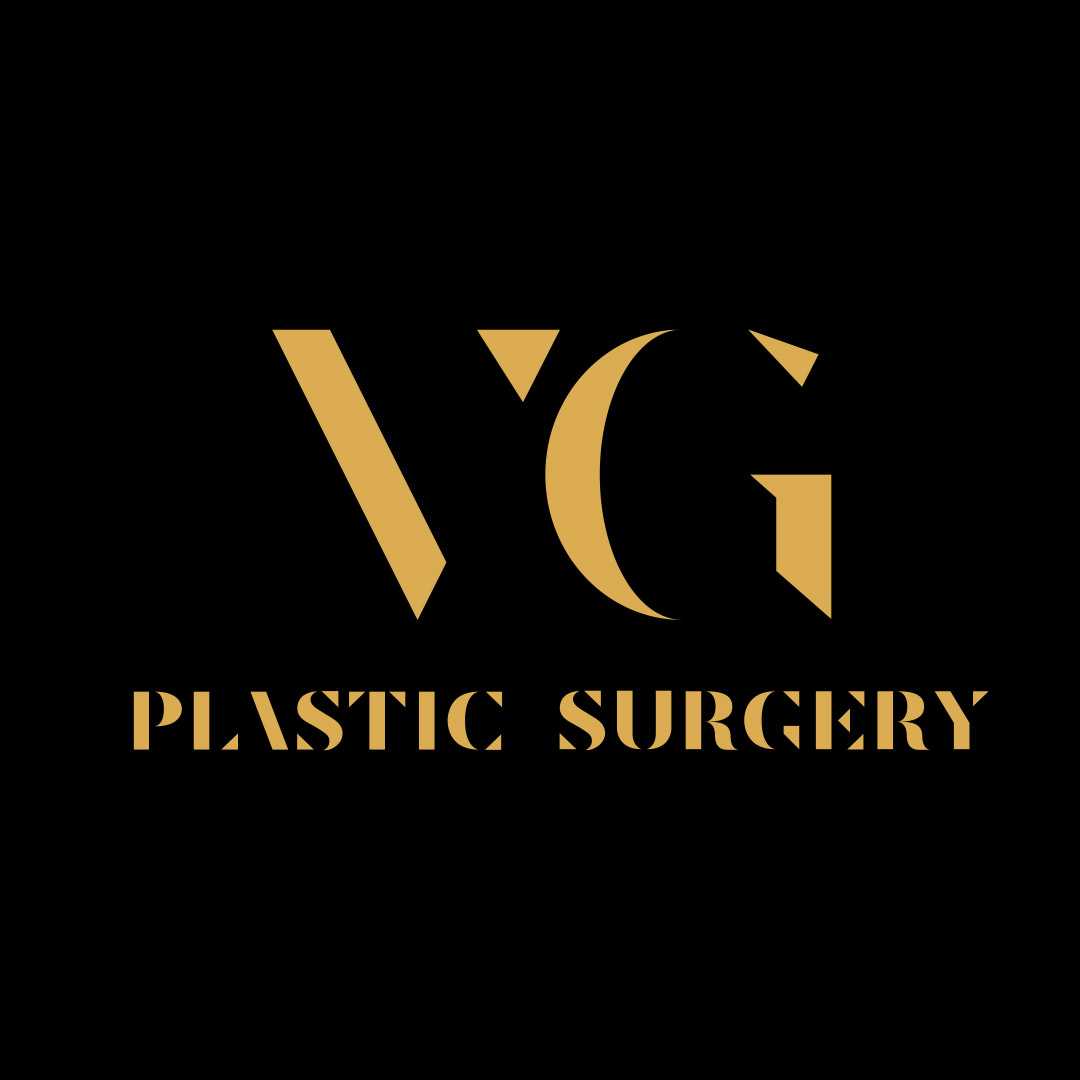
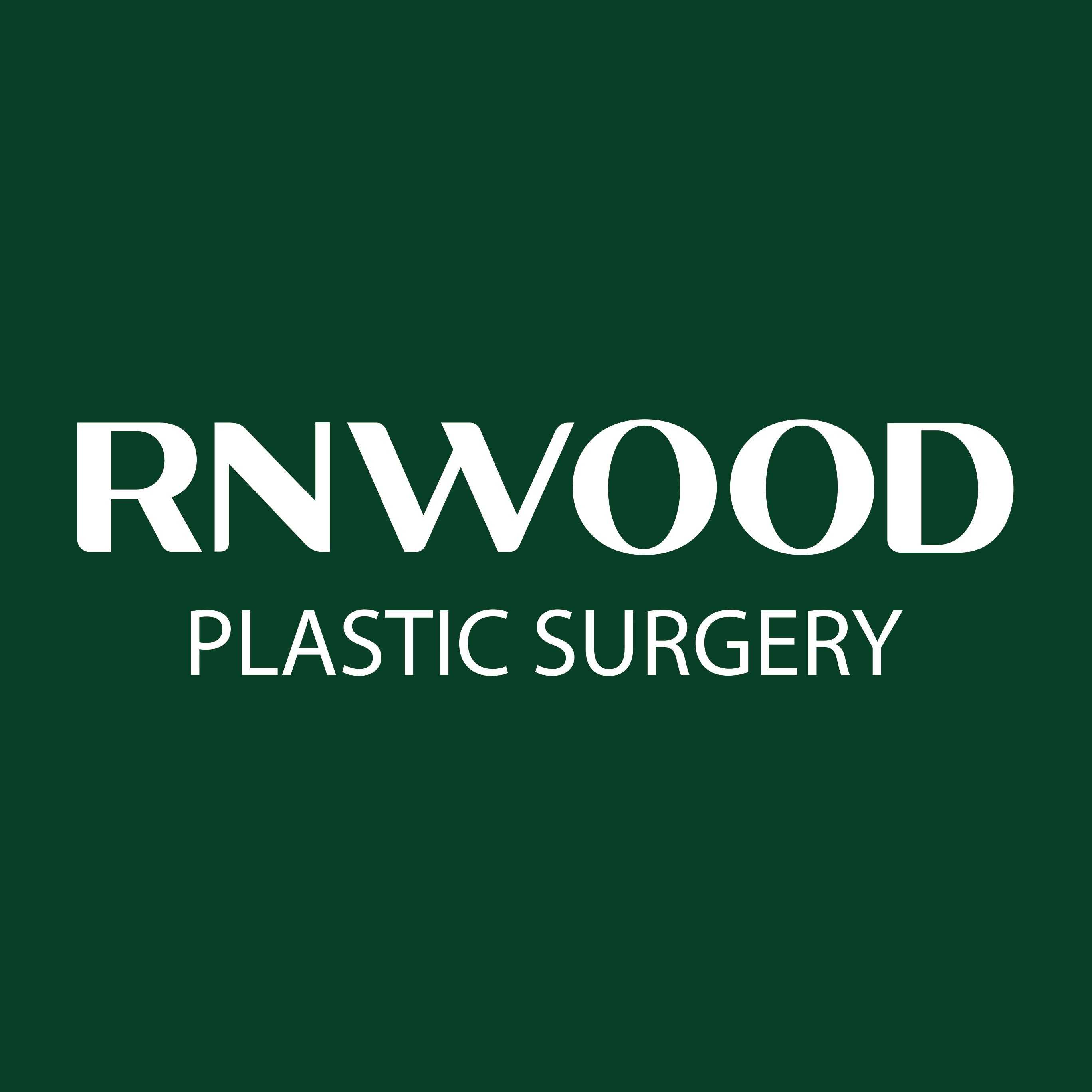

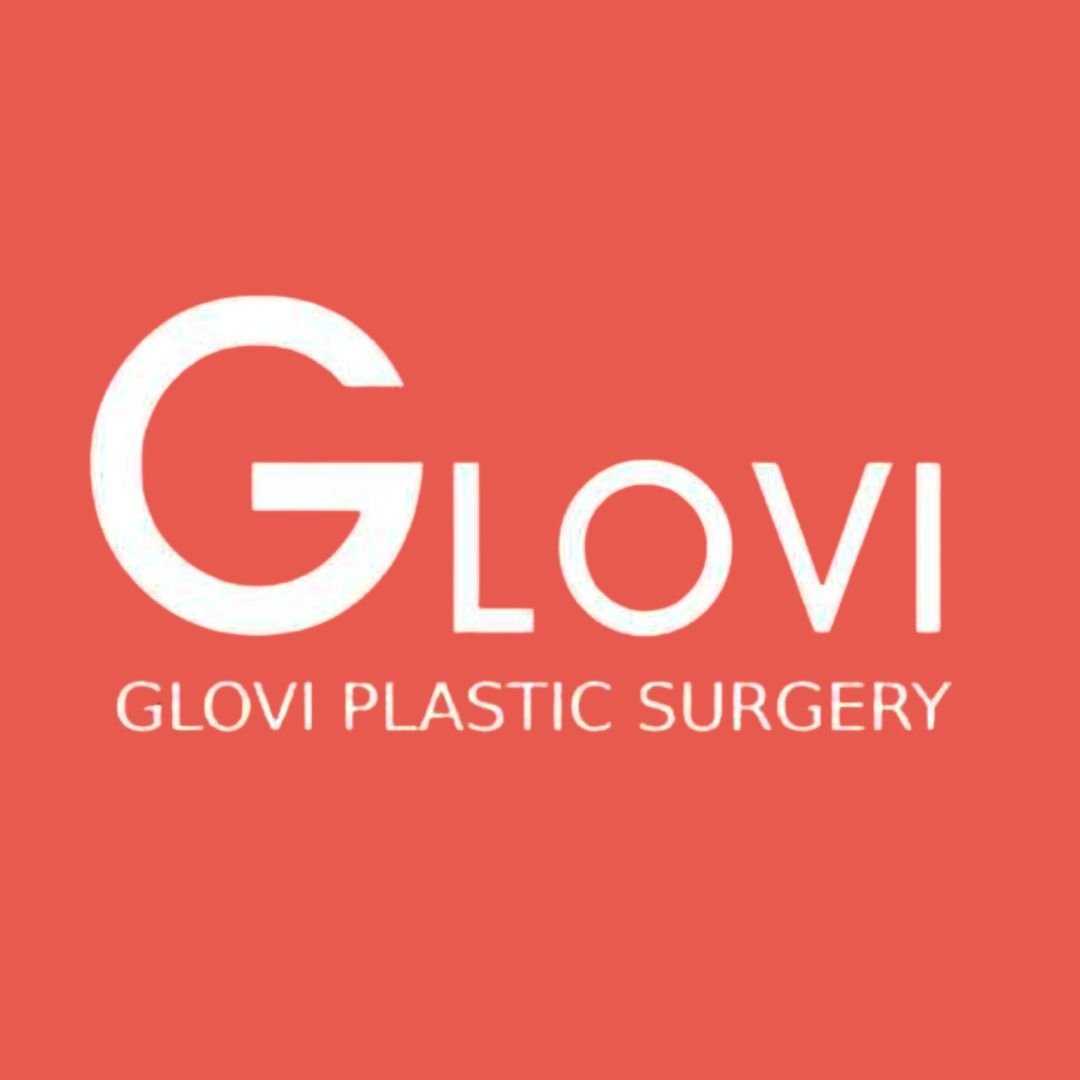

Share this listing